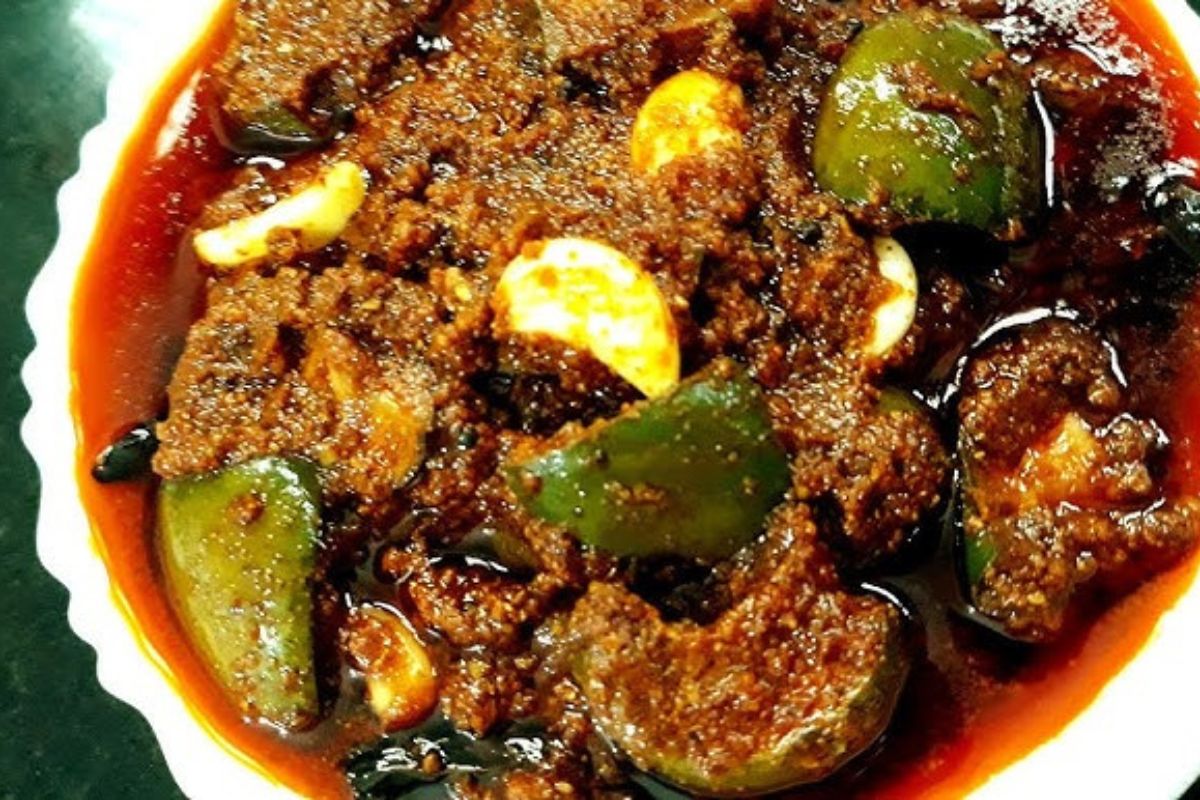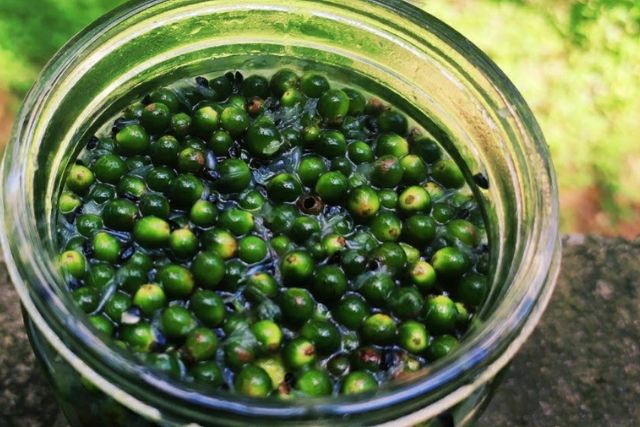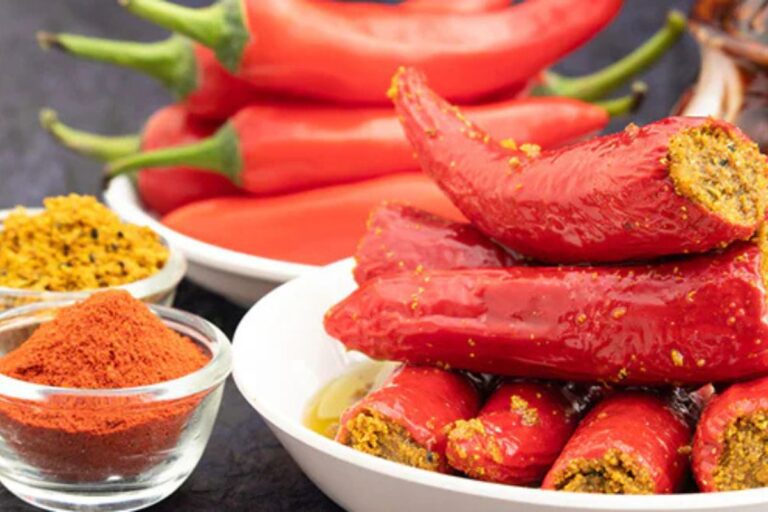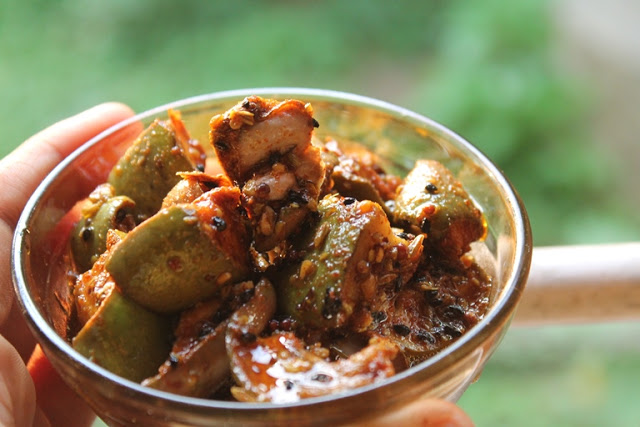Dry Mango Pickle Recipe: A Tangy and Spicy Delight
Pickles are an integral part of Indian cuisine, and dry mango pickle, also known as Aam ka Achaar, is one of the most beloved varieties. This tangy, spicy, and aromatic pickle is made from raw mangoes, which are preserved with a blend of spices and oil. It’s the perfect accompaniment to any meal, adding a burst of flavor to rice, parathas, and even curd. In this article, we’ll walk you through the step-by-step process to make dry mango pickle at home, ensuring you achieve the perfect balance of flavors every time.
What is Dry Mango Pickle?
Dry Mango Pickle, or Aam ka Achaar, is a traditional Indian condiment made by preserving raw mangoes with a combination of spices, mustard oil, and a little salt. Unlike other pickles that require vinegar or brine, dry mango pickle relies on the sun to dry out the mango pieces and enhance their flavor. It’s typically enjoyed with Indian meals and can last for months, improving in taste as it ages.
Ingredients for Dry Mango Pickle
To make this flavorful pickle, you will need the following ingredients:
- 4-5 raw, firm mangoes
- 2 tablespoons mustard seeds
- 1 tablespoon fenugreek seeds
- 2 tablespoons red chili powder (adjust to your taste)
- 1 tablespoon turmeric powder
- 1 tablespoon fennel seeds
- 1/2 cup mustard oil (or any vegetable oil)
- Salt to taste
- A pinch of asafoetida (hing)
- 2 tablespoons sugar (optional, for a slightly sweet touch)
How to Make Dry Mango Pickle: Step-by-Step Process
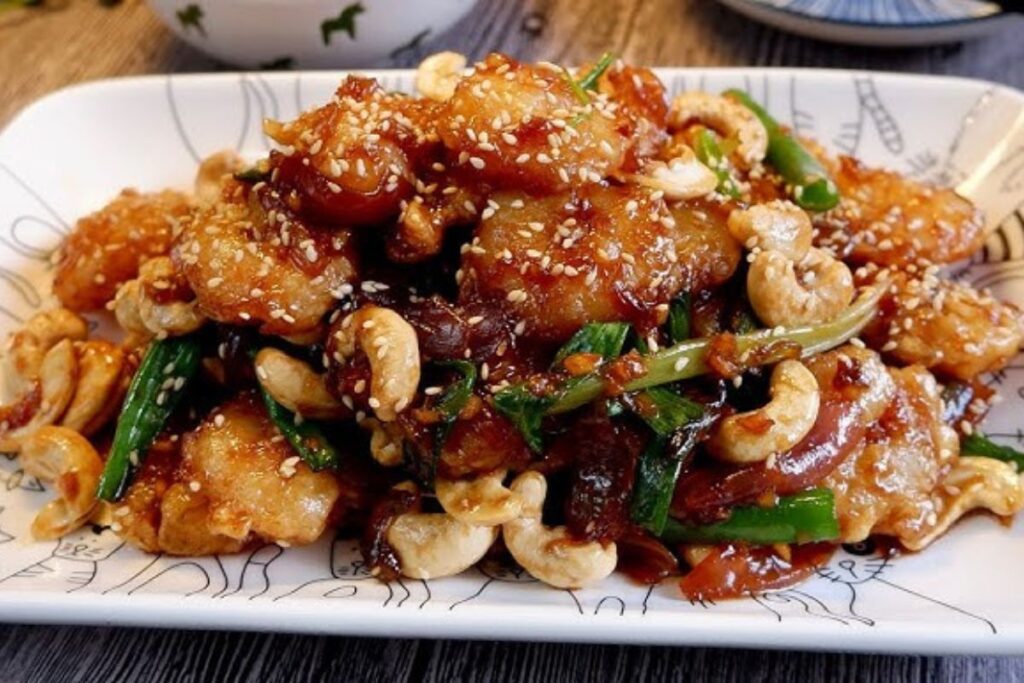
1. Prepare the Mangoes
Start by selecting firm, unripe mangoes. Wash them thoroughly to remove any dirt or residue, and dry them completely with a clean towel. It is crucial that the mangoes are dry, as any moisture can cause spoilage during the pickling process. Once dry, peel the mangoes and cut them into small, bite-sized pieces, discarding the seeds.
2. Sun Dry the Mango Pieces
After cutting the mangoes, spread them out on a clean cloth or tray, and place them in direct sunlight. Leave them to dry for 2-3 days, turning the pieces occasionally. The sun-drying process helps to remove any remaining moisture and intensifies the tangy flavor of the mangoes. Ensure the mango pieces are completely dry before moving on to the next step.
3. Prepare the Spice Mix
While your mango pieces are drying, it’s time to prepare the spice mix. Start by dry roasting the mustard seeds, fenugreek seeds, and fennel seeds in a pan over medium heat. Once they become aromatic, remove them from the heat and let them cool. Grind the roasted seeds into a coarse powder using a spice grinder or a mortar and pestle. To the ground spices, add turmeric powder, red chili powder, salt, and a pinch of asafoetida.
4. Heat the Oil
Next, heat the mustard oil in a pan until it reaches a high temperature. Once the oil is hot, remove the pan from the heat and let it cool slightly. The oil should not be smoking but just warm enough to release the flavors of the spices.
5. Combine Mangoes, Spice Mix, and Oil
Once your mango pieces are fully dried and the spice mix is ready, combine the mango pieces, spice mix, and cooled mustard oil in a large, clean bowl. Toss the ingredients together to ensure the mango pieces are evenly coated with the spices and oil. Be careful not to crush the mango pieces while mixing.
6. Sun Dry the Pickle
Transfer the prepared pickle mixture into a clean, dry jar. Seal the jar tightly and place it in direct sunlight for 5-7 days. Shake the jar gently once a day to mix the spices and oil, ensuring that all the mango pieces are properly coated. The longer the pickle sits, the more flavorful it becomes. By the end of the week, your dry mango pickle will be ready to enjoy.
Also Check : Mango Pickle Recipe
Tips for Making Perfect Dry Mango Pickle
- Choose the Right Mangoes: Select firm, unripe mangoes that are free from blemishes. These are ideal for making pickle as they hold their shape well during the drying and pickling process.
- Drying the Mangoes: The key to a good dry mango pickle is thorough sun-drying. If you skip this step, the pickle may spoil quickly. Ensure the mangoes are completely dry before combining them with the spices and oil.
- Storage: Always store the pickle in a clean, airtight glass jar to prevent contamination. A cool, dry, and dark place is ideal for storing the pickle, such as a cupboard or pantry.
- Adjust the Spice Level: The amount of chili powder can be adjusted based on your spice tolerance. If you prefer a milder pickle, reduce the quantity of red chili powder and use Kashmiri chili powder, which provides color without much heat.
Health Benefits of Dry Mango Pickle
In addition to being delicious, dry mango pickle offers several health benefits, particularly when made with natural ingredients. Some of the benefits include:
- Rich in Antioxidants: Raw mangoes are packed with Vitamin C and antioxidants, which help to boost immunity and combat free radicals in the body.
- Aids Digestion: The spices used in dry mango pickle, such as mustard seeds and fenugreek, are known for their digestive properties. They help improve digestion and relieve bloating or indigestion.
- Rich in Fiber: Mangoes are a good source of dietary fiber, which supports a healthy digestive system and helps regulate bowel movements.
How to Serve Dry Mango Pickle
Dry Mango Pickle is best served as a side dish with traditional Indian meals. It pairs wonderfully with dal and rice, parathas, or even curd. You can also enjoy it as an accompaniment to sandwiches, wraps, or grilled meats for an extra burst of flavor. The tangy and spicy nature of the pickle makes it a versatile condiment that can elevate a variety of dishes.
Dry Mango Pickle is a timeless Indian recipe that brings together the perfect balance of spice and tang. With just a few ingredients and a little patience, you can create this flavorful pickle at home and enjoy it for months to come. Whether you’re adding it to a daily meal or sharing it with friends and family, this dry mango pickle will always be a hit.
